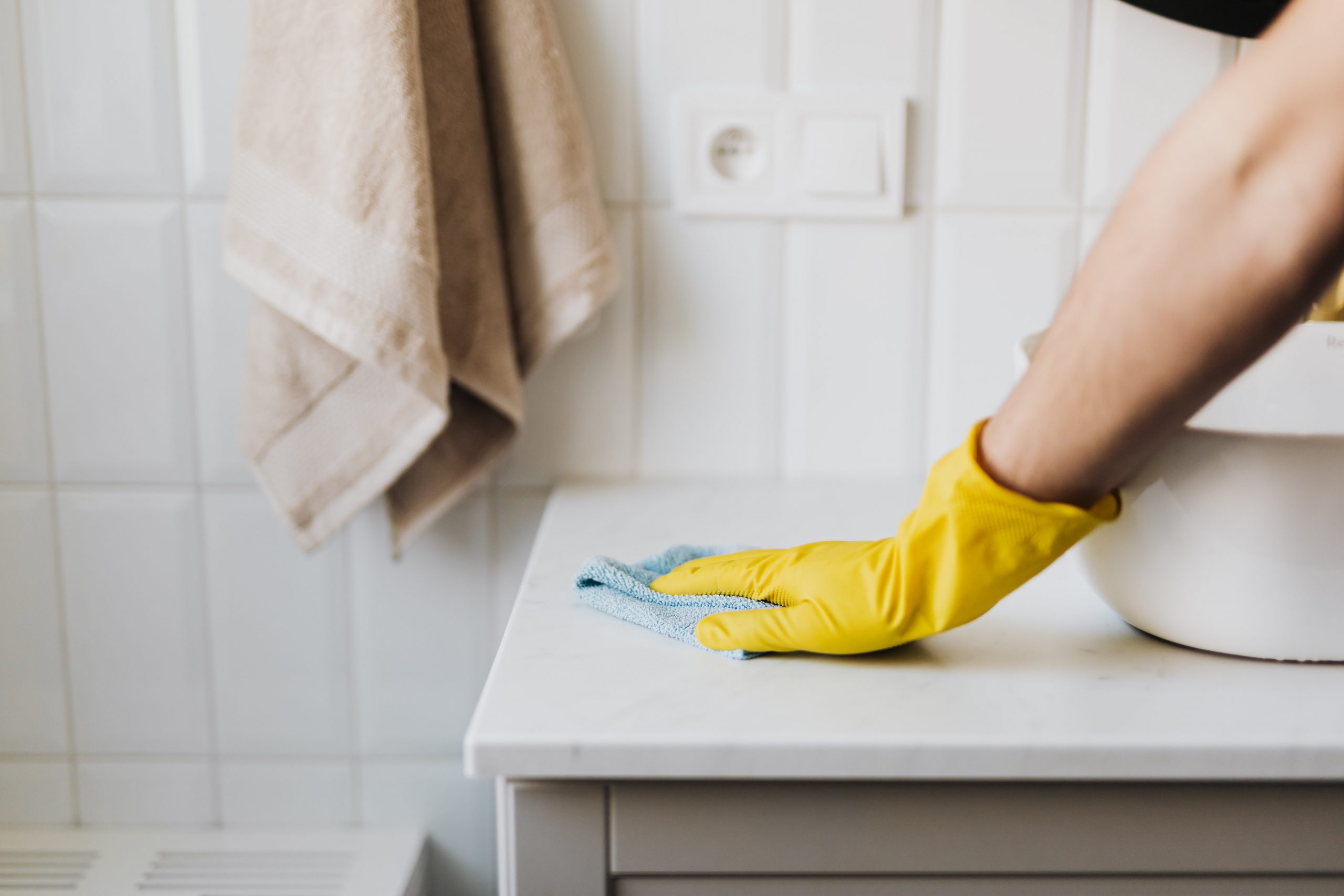Cracked tiles on floors and walls pose issues as it can be hard to track down the reason behind the crack. In many cases, the crack is caused by problems under or around the tile such as extreme temperature changes, heavy pressure, improper installation etc. Identifying the source of cracked tiles is the first step toward tile restoration.
Why do tiles crack?
Improper installation
Installation mistakes such as improper adhesive application and unsuitable adhesion are unfortunately common mistakes. If there are any gaps or voids between the tile and the surface, this can impact their integrity, causing weak spots and eventually cracks.
Heavy impacts
If a heavy item is dropped on them, you may find your tiles crack, especially if there are other installation issues. Tiles are designed to support heavy loads, but not all tiles are designed to bear heavy weights. Wrong installation of wall tile on the floor would be disastrous, particularly if you decide to put a heavy fridge on top of it for a sustained length of time.
Extreme temperature changes and environmental damages
If you’re using tiles outside that aren’t suitable for outdoor use with frost-proofing or poor heat expansion properties, extreme temperature changes can make them more vulnerable to cracking. Similarly, cracked tiles in humid environments such as the bathroom are the breeding grounds for mould and bacteria, causing further damages to your tiles. In this case, consider caulking your bathroom tiles or a comprehensive bathroom restoration.

What should you do?
Repairing hairline cracks
Repairing small, hairline cracks is relatively simple with the right tools. A small amount of clear epoxy (a specialist binding agent) and some paint that matches the colour of your tile are great solutions to the problem.
Firstly, thoroughly clean the floor using washing detergent or a specific tile cleaner to remove dirt and grime. Then, apply the epoxy along the crack to fill in the gap. Once it is filled, level it off with the tile surface covering 0.5cm either side of the crack and allow it to dry. When the gap is dried, use a stanley knife to remove the excess epoxy from around the crack. Finally, apply matching paint on top of the layer of epoxy once it is dried.
Sealing of Tiles
Tile and Grout Sealing is an extremely important step of the tiling process. A sealer is a liquid coating that is applied to the porous surface of the tile and grout. It has a crucial job, which is to protect the tile and grout from absorbing liquids, stains, oxidation, and regular wear and tear. This allows your tiles to be more resilient to factors such as spills, water and other damages and prevent further cracks from forming.
Benefits of sealing tile and grout in your home:
- Prolong the look and texture of the tiles and grout.
- Help keep out mould and mildew.
- Prevent tile staining.
- Decrease the amount of time and effort that you will need to put into tile cleaning.
- Protect the tile from water damage.
- Help the tile and grout to last longer.
Regrouting
Over time, grout begins to deteriorate and discolour. Missing, cracked, or loose grout is one of the most common causes of leaks, water damage, mould and mildew in a tiled area. Fixing these issues can be expensive, but re-grouting from Tile Solution is extremely cost effective.
Re-grouting is the removal of old grout and the installation of new grout. Re-grouting is typically a cheaper option than installing new tiles and can provide amazing results in refreshing the look and longevity of your surfaces.
Contact Tile Solution Australia for guidance on how to restore your tiles
If you are unsure of how to best take care of your tiles, here at Tile Solution Australia, we are here to guide you through it. Our services include tile restoration and cleaning, tile grinding and polishing, regrouting, caulking, pool and bathroom restorations, and high pressure cleaning. Contact us now with your enquiries!




